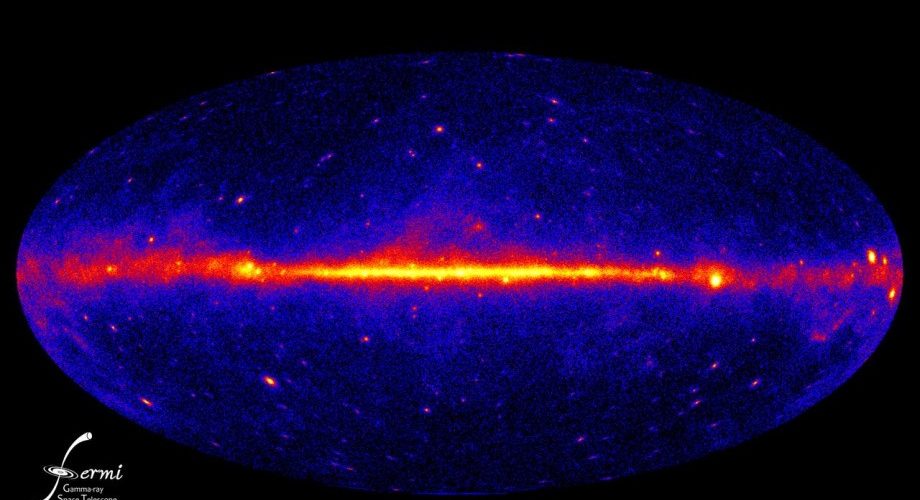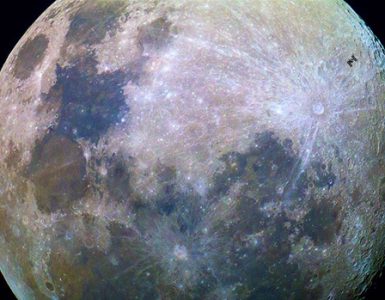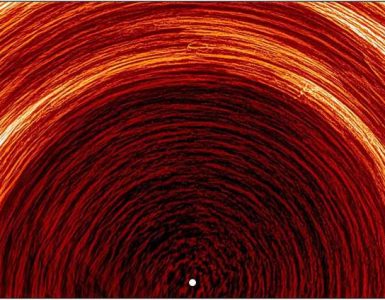Using the Large High-Altitude Air Shower Observatory (LHAASO), an international team of astronomers have detected very-high-energy (VHE) gamma-rays around the pulsar PSR J0248+6021, which may be the pulsar’s halo or a pulsar wind nebula. The finding was reported in a paper published October 6 on the pre-print server arXiv.
Pulsars are highly magnetized, rotating neutron stars emitting a beam of electromagnetic radiation. They are usually detected in the form of short bursts of radio emission; however, some of them are also observed via optical, X-ray and gamma-ray telescopes.
Sources emitting gamma radiation with photon energies between 100 GeV and 100 TeV are called very-high energy (VHE) gamma-ray sources, while those with photon energies above 0.1 PeV are known as ultra-high energy (UHE) gamma-ray sources. The nature of these sources is still not well understood; therefore, astronomers are constantly searching for new objects of this type to characterize them, which could shed more light on their properties in general.
Discovered in 1997, PSR J0248+6021 is a middle-aged pulsar with a rotation period of approximately 217 milliseconds and spin-down power at a level of 213 decillion erg/s. The pulsar has an unusually high dispersion measure of about 370 pc/cm3, which is most likely due to its location within the dense giant region of ionized atomic hydrogen (HII region), designated W5, at a distance of some 6,500 light years.
Now, a team of astronomers led by Zhen Cao of the Chinese Academy of Sciences (CAS) reports the detection of VHE gamma-ray emission located close to the position of PSR J0248+6021. The finding is based on the data from LHAASO’s Water Cherenkov Detector Array (WCDA).
By analyzing the WCDA data, Cao’s team identified three gamma-ray sources out of which two are close to PSR J0248+6021 based on their angular distance. One of them turned out to be an extended source consistent with 1LHAASO J0249+6022 reported in the first LHAASO catalog, while the other one is a point source with an angular distance of approximately 1.2 degrees from the pulsar.
According to the paper, no clear extended multiwavelength counterpart of 1LHAASO J0249+6022 has been found from radio to GeV bands. Therefore, the authors of the paper concluded that the most plausible explanation of the detected VHE gamma-ray emission is the inverse Compton process of highly relativistic electrons and positrons injected by PSR J0248+6021.
The astronomers noted that the morphology of the VHE gamma-ray emission suggests that 1LHAASO J0249+6022 is the TeV pulsar halo or a pulsar wind nebula associated with PSR J0248+6021.
“These electrons/positrons are hypothesized to be either confined within the pulsar wind nebula or to have already escaped into the interstellar medium, forming a pulsar halo,” the researchers concluded.
Read more at Phys.org
photo





